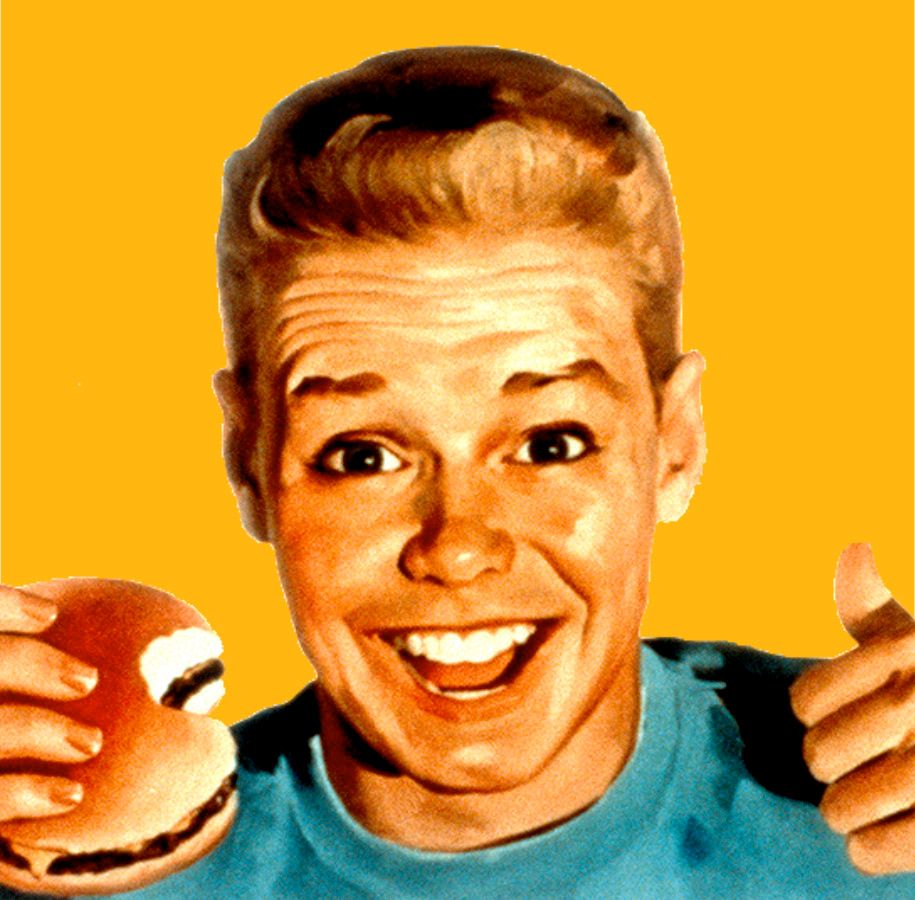Kvikk Lunsj: The “Quick Lunch” Chocolate Bar and the Norwegian Mountain Code
Exactly how Kvikk Lunsj (English: Quick Lunch) became Norway’s “official” hiking chocolate depends on the story you choose to believe. Few dispute the origins: Future chocolatier Johan Throne Holst wanted to impress a German business associate by taking him on a proper Norwegian hike. Neither man was prepared to navigate the woods, and within an hour, they found themselves lost. Frustrated, the German turned to Holst and yelled, “You didn’t even bring a quick lunch?”
The name stuck, but it would take another fifty years for the Kvikk Lunsj bar to see the light of day. And much like a fork in a trail, this is where the story diverges.

To this day, Holst’s candy factory, Freia, frames Kvikk Lunsj as his creation. In 1937, the hapless outdoorsman sat down and designed the optimal provision for hiking. A four-fingered wafer bar covered in chocolate. Easy to split into pieces and more filling than your average Hershey bar.
While technically true, a crucial part is left out of the story. In 1936, Holst’s son brought back a—you guessed it—popular four-fingered wafer bar covered in chocolate from England: Kit Kat. Kvikk Lunsj’s name might have originated in the great outdoors, but the original product was created somewhere in York. And Holst had few qualms about copying it.
Shady backstory aside, it’s hard to ding Freia’s dedication to the outdoor framing. From its beginnings, Kvikk Lunsj was marketed as the hiking chocolate bar, well-suited for cross-country ski trips and a fashionable companion to a new skiing coat known as the anorak. As far as a chocolate bar goes, Kvikk Lunsj was downright cool.
A Lifelong Marketing Campaign
In the 1960s, Kvikk Lunsj cemented its position as the “official” outdoor candy bar by printing The Norwegian Tourist Association’s fjellvettreglene on its packaging: The Norwegian Mountain Code.
- Plan your trip and inform others about the route you have selected.
- Adapt the planned routes according to ability and conditions.
- Pay attention to the weather and the avalanche warnings.
- Be prepared for bad weather and frost, even on short trips.
- Bring the necessary equipment so you can help yourself and others.
- Choose safe routes. Recognize avalanche terrain and unsafe ice.
- Use a map and a compass. Always know where you are.
- Don’t be ashamed to turn around.
- Conserve your energy and seek shelter if necessary.
It took, and today, Norwegians consume nearly fifty million bars annually, with peak sales happening during the traditional Easter ski holiday. Norwegians average three bars per capita during that week.
Kvikk Lunsj is so ingrained in the national culture that, in 2005, people took to the streets protesting the switch from the traditional tinfoil wrapper to a more environmentally friendly packaging. I do believe the anti-environmental sentiment qualifies as irony.
A History of Shady Chocolate
Lest the Kit Kat rip-off be mistaken as a singular incident, Freia has a rich history of similar stunts. Take their Japp bar:

Japp was introduced by Marabou—Freia’s Swedish subsidiary—in 1947. The Mars bar? 1932.
And the popular movie-theater snack, Non Stop:

Hey, you know how the adage goes—good artists copy; great artists steal.
Present Day
It should surprise no one that Kit Kat tried to get its form factor copyrighted, yet, bafflingly, it took them until 2005 to do so. Or, rather, try to—the EU struck down their claim. At that point, too much time had passed, and Kvikk Lunsj was here to stay.
Finally, which one is the better bar? In this handsome man’s opinion, Kvikk Lunsj wins any day of the week. Say what you want about Freia (or its current owner, Mondelēz) and its business practices—the company produces some quality chocolate.
Don’t take my word for it, though. In 2017, The Guardian conducted a taste-off, where the Norwegian copycat won hands down.
And to think this was all the result of a hungry German lost in the woods.
You can find Kvikk Lunsj in most Norwegian import stores here in the US (and presumably elsewhere).
Sources
Kvikk Lunsj. (2023, February 5). In Wikipedia. https://no.wikipedia.org/wiki/Kvikk_Lunsj
Kit Kat. (2024, March 23). In Wikipedia. https://en.wikipedia.org/wiki/Kit_Kat
Historien Om Productene. In Freia’s corporate section. https://www.freia.no/historien-om-produktene
